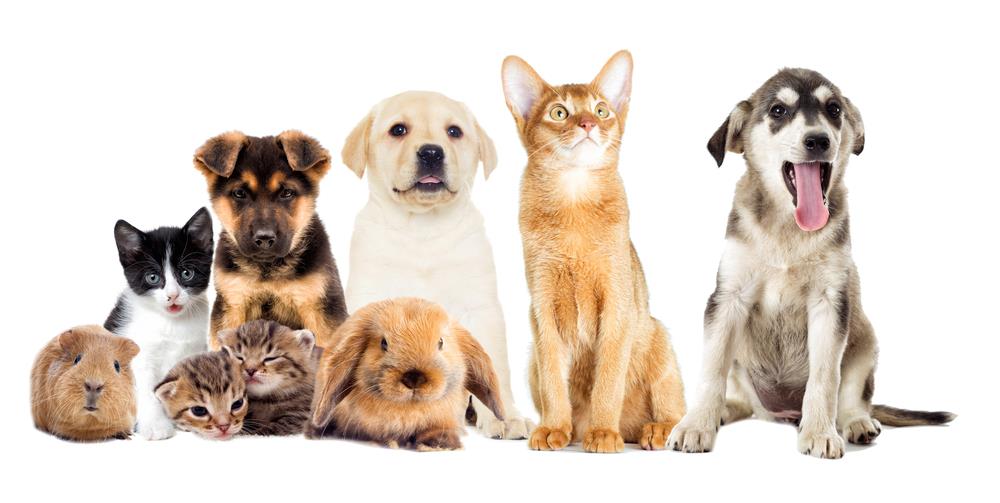Understanding the Basics
Proper introductions between new and existing pets are of paramount importance. This is not a mere social convention, but a critical step in fostering a harmonious coexistence. This process can significantly reduce potential conflicts and nurture a positive relationship between your pets.
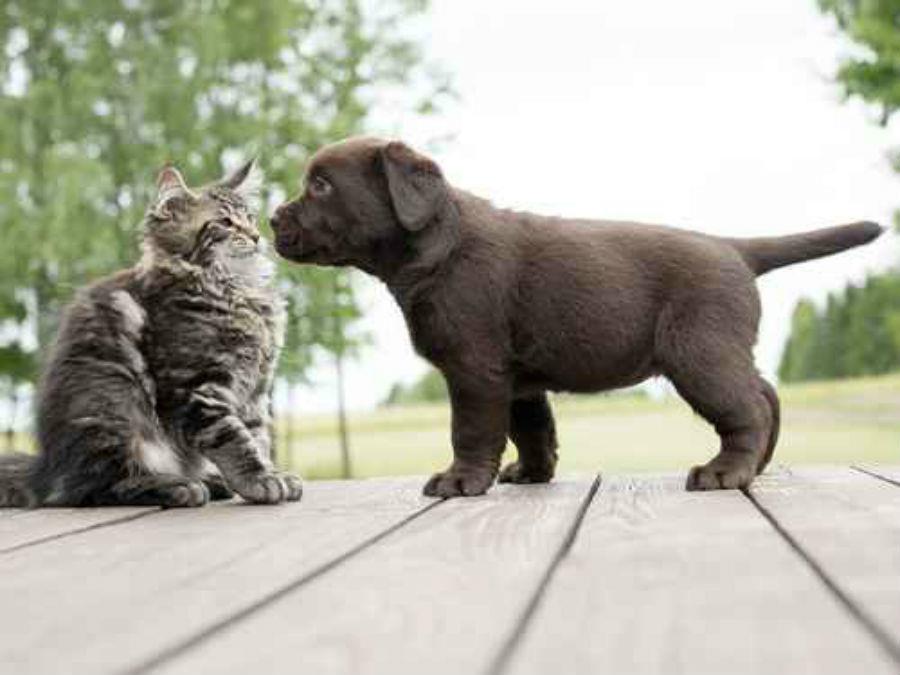
Understanding the potential reactions and behaviours of both new and existing pets is equally essential. Existing pets may exhibit territorial behaviours, whereas new pets might display signs of stress or anxiety. Conversely, some may show immediate acceptance or indifference. Being aware of these reactions can help you manage the introduction process effectively.
Recommendations
Consider using a behavioural chart to track your pets’ reactions throughout the introduction process. This will help you better understand their behaviours, leading to smoother introductions.
Importance of Understanding Your Pets’ Species and Breed
Delving into the specific behaviours and needs of your pets’ breed or species is paramount to ensuring their overall well-being. By understanding their unique requirements, you can create an environment that aligns with their natural instincts and promotes a healthy, long life. This includes an understanding of their dietary needs, exercise requirements, and behavioural tendencies, all of which can vary considerably amongst different breeds and species.
Facilitating a Smooth Introduction
Armed with your newfound knowledge, you can ensure a smooth transition when introducing your pet to your home. This process is two-fold: first, prepare your home to meet the needs of your pet; second, tailor your interactions to respect the natural behaviours of its breed or species. For example, some breeds may require a quiet, secure space to retreat to, whilst others might thrive with plenty of social interaction. This understanding also aids in socialising your pet with other animals and humans.
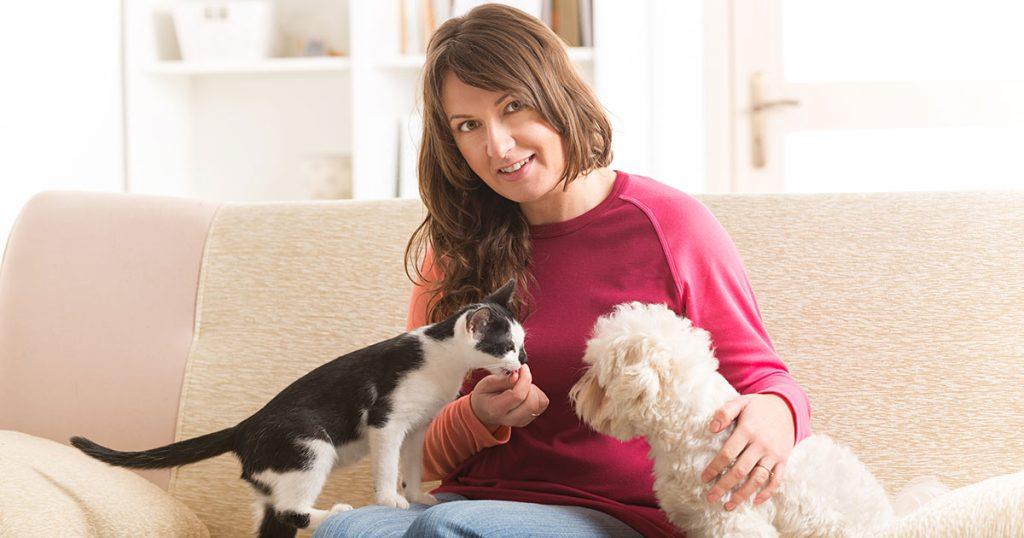
Preparing the Environment
Getting ready to welcome a new pet into your home involves thoughtful planning, particularly when you already have furry friends residing with you. Here are some crucial tips to ensure a smooth introduction.
a. Setting Up Your Home for The Introduction
Prepare your home by creating a safe and calm environment. Remove any potential hazards and create areas where both your existing pets and the new one can retreat to. Ensure any escape routes are blocked.
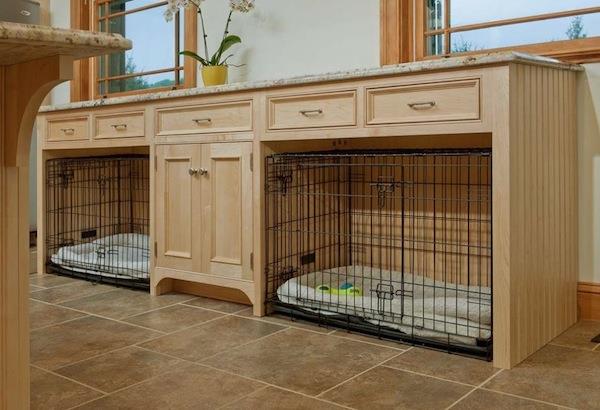
b. The Role of Neutral Spaces
Neutral spaces are crucial for successful introductions. These are areas where neither pet has claimed territory, helping to reduce potential conflicts.
c. Importance of Separate Spaces During The Initial Stages
Having separate spaces for each pet during the initial stages allows them to gradually get used to each other’s scent and presence, reducing stress and anxiety. A slow and steady introduction is key.
Following these tips can help ensure that your pets’ first impressions of each other are positive, leading to a peaceful cohabitation.
Introduction Techniques Based on Pet Type
Introducing a new pet into your home is no small task. The process can be challenging, but understanding the unique social behaviours of different pet species can significantly smooth the transition.
Introducing Dogs to Other Pets
When introducing dogs to other pets, it is vital to control the environment. Slow introductions, positive reinforcement, and careful observation are key. Avoid letting them meet face-to-face without a barrier at first.
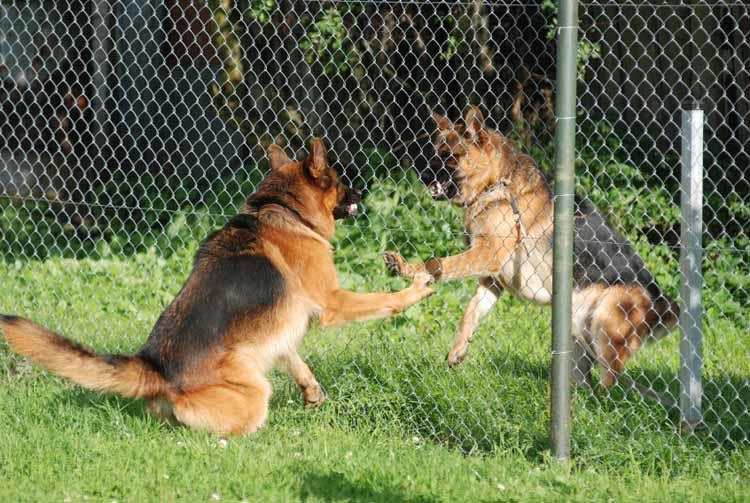
Introducing Cats to Other Pets
Cats are territorial and require a slow, controlled introduction. Keep the new cat in a separate space initially and gradually let them explore the house under supervision.
Special Considerations for Birds, Reptiles, and Small Pets
With birds, reptiles, and small pets, be extra cautious. Always monitor their interactions with other pets, and never leave them unsupervised. These animals can be prey for larger pets, so maintaining safety is crucial.
The Role of Scent in Introductions
When it comes to introductions, our pets rely heavily on their powerful sense of smell. This is their primary means of understanding their world, and it’s the way they identify and perceive each other. Studies have shown that pets can decipher a lot of information about each other, including their age, health status, and even their mood, just by their scent.
Using Scent for Pet Introductions
- Begin by exchanging the scents of your pets. This can be done by allowing them to smell items like blankets or toys that the other pet has used.
- Gradually introduce the pets to each other’s scent in their environments. This helps them get used to the presence of the other pet without the stress of face-to-face interaction.
- Monitor their reactions to each other’s scent. This can give you an idea of how they might react when they meet in person.
Remember, patience is key when introducing new pets to your existing ones. Using scent to help your pets get used to each other can be a slow process, but it’s well worth the effort for a harmonious household. For more tips, consider consulting with a veterinary behaviourist.
Monitoring and Managing the Introduction Process
Observing your pets’ behaviours during the introduction phase is crucial. Note how your existing and new pets interact, the body language they exhibit, and any changes in their routine. Keeping a close eye on their activities aids in identifying signs of acceptance or rejection.
Acceptance signs include relaxed body language, friendly sniffing, or playful behaviours. On the other hand, growling, hissing, or aggressive posturing are signs of rejection.
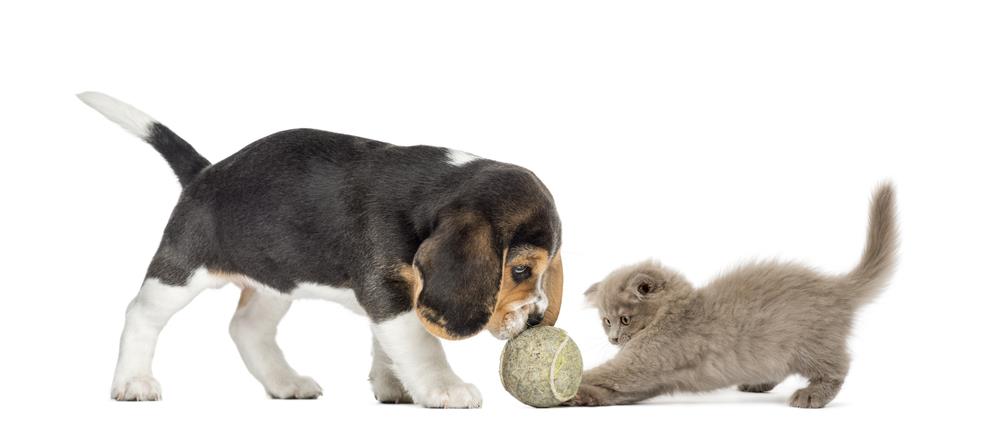
If the introduction isn’t going well, it’s vital to intervene. Separate the pets immediately and give them some time to cool down before re-introducing them. Consulting with an animal behaviourist can be beneficial in such situations.
Remember, the introduction process takes time and patience, and every pet will react differently. Keep a positive attitude, and soon your pets will be happily cohabiting.
Recommended Addition: Chart
A chart showing common signs of acceptance and rejection in pets would be a valuable addition to this section.
Helping Your Pets Develop a Positive Relationship
It’s essential to facilitate a positive relationship between your existing pets and the new additions. This process requires tactical measures, patience and consistency, but the outcome is surely rewarding. Below are some guidelines to assist you in the transition.
Tips for Encouraging Positive Interactions between Your Pets
- Introduce them gradually in a controlled environment.
- Monitor their interactions, and intervene when necessary.
- Engage them in shared activities to foster bonding.
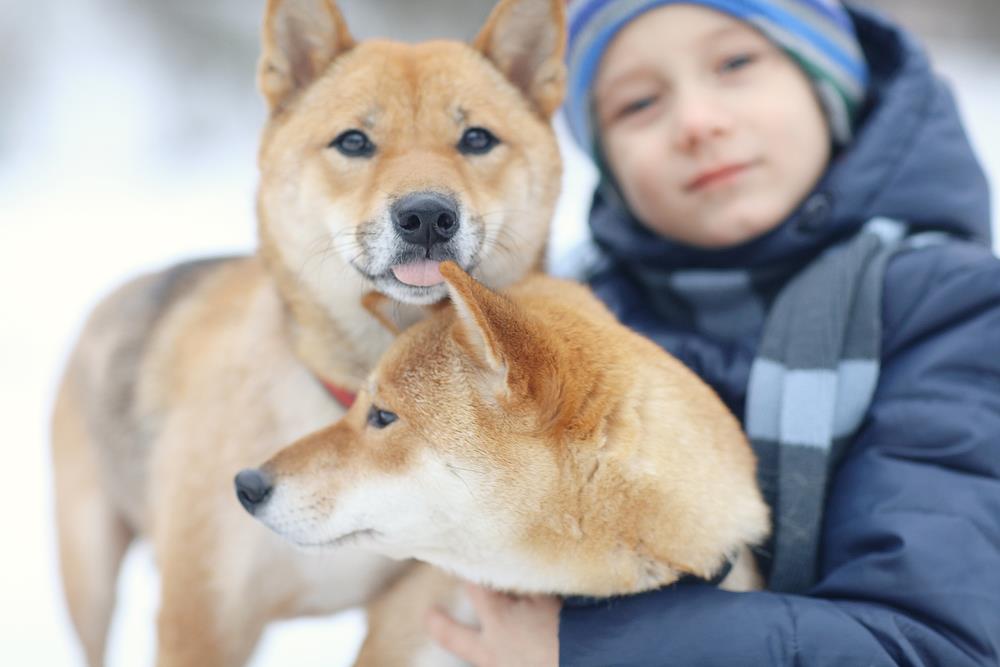
Ways to Reward and Reinforce Good Behaviour
- Use treats, praises, and petting as rewards for good behaviour.
- Ignore undesirable behaviours instead of punishing.
Rewards are more effective than punishments in shaping pet behaviour.
The Importance of Patience and Persistence
Be patient and persistent in your efforts. Your pets need time to adjust to each other.
When to Seek Professional Help
Deciphering the right time to bring in professional assistance can be a tricky task. Look out for signs such as persisting aggression, lack of progress in the introduction process, or increased anxiety in your pets. These are clear indications that it’s time to consult with a professional.
Professional animal behaviourists bring a wealth of experience and knowledge to the table. They are trained to recognise and understand animal behaviours and can strategise a bespoke plan to ease the introduction process, ensuring all pets involved are comfortable and secure.

